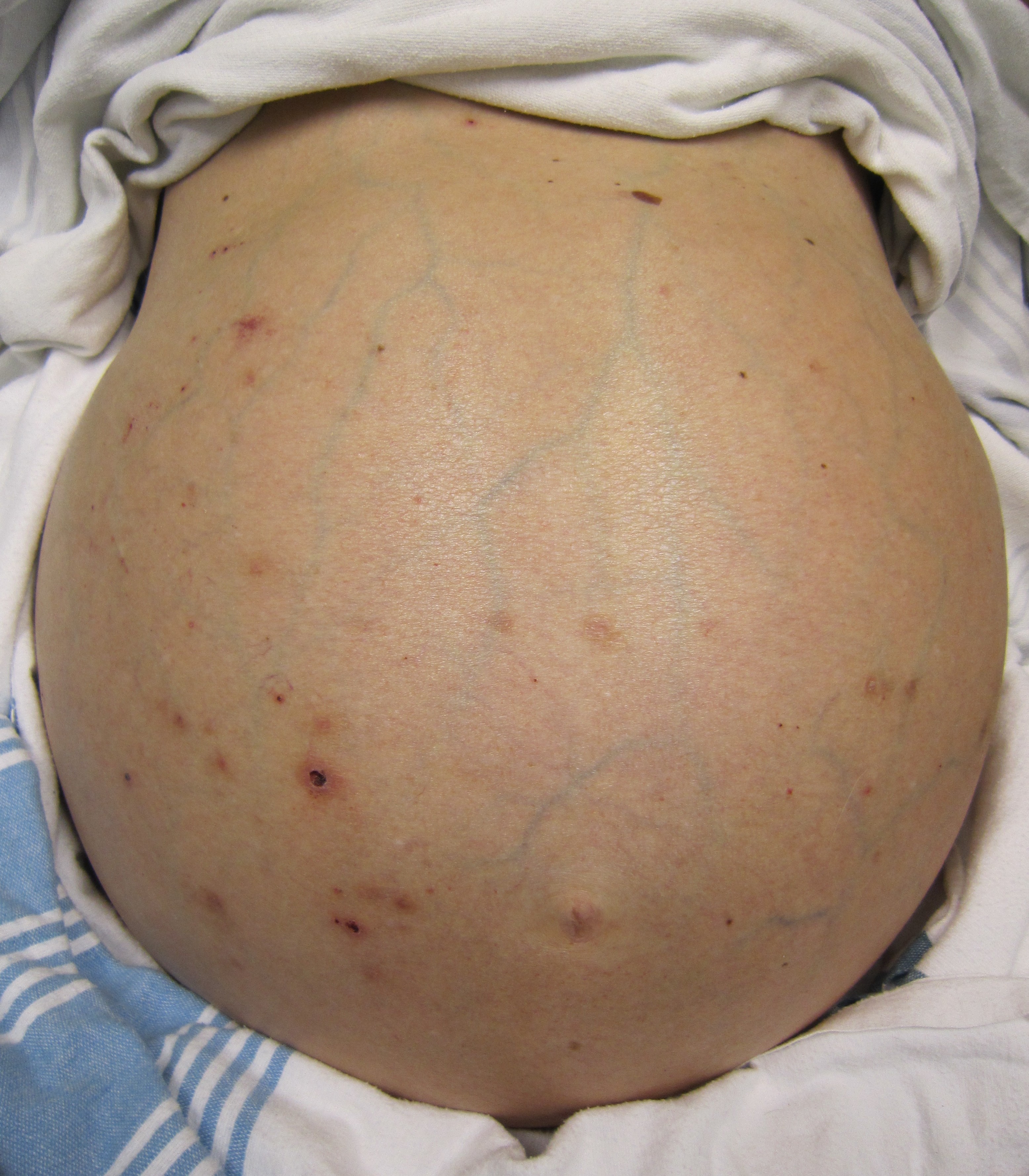A nurse is reviewing the laboratory values of a patient receiving total parenteral nutrition (TPN). The glucose is 72 mg/dL, chloride is 100 mEq/L, sodium is 138 mEq/L, and potassium is 3.0 mEq/L. What action should the nurse plan to take?
Administer glucagon IM.
Discontinue the TPN infusion.
Request a potassium replacement.
Check the patient for a positive Chvostek’s sign.
The Correct Answer is C
The correct answer is Choice C.
Step 1 is to interpret the laboratory values. The glucose level is within the normal range (7099 mg/dL). The chloride level is within the normal range (97-107 mEq/L). The sodium level is within the normal range (135-145 mEq/L). However, the potassium level is low (normal range is 3.5-5.0 mEq/L)89101112.
Step 2 is to plan the action based on the interpretation. Given the low potassium level, the nurse should plan to request a potassium replacement
Nursing Test Bank
Naxlex Comprehensive Predictor Exams
Related Questions
Correct Answer is D
Explanation
Choice A rationale
Aspiration is not a common complication of TPN. TPN is administered intravenously, bypassing the gastrointestinal tract, which reduces the risk of aspiration. Choice B rationale
Polyuria, or excessive urination, is not typically a direct complication of TPN. However, the fluid balance of patients on TPN should be monitored, as both overhydration and dehydration can lead to urinary changes.
Choice C rationale
Stomatitis, or inflammation of the mouth and lips, is not a common complication of TPN. Since TPN bypasses the gastrointestinal tract, it does not typically cause oral complications.
Choice D rationale
Abdominal distention can occur as a complication of TPN. This is because TPN can cause an imbalance in the gut flora, leading to gas production and bloating. Additionally, if a patient on TPN has an underlying condition that affects gut motility, they may experience abdominal distention.

Correct Answer is D
Explanation
Choice A rationale
While it’s true that bulimia nervosa can have serious health consequences, telling the patient that they “should stop because they need to” may come across as dismissive of the patient’s struggle. It’s important to remember that bulimia nervosa is a complex mental health disorder that often requires professional treatment.
Choice B rationale
Asking the patient why they engage in their behavior might seem like a logical question, but it could potentially make the patient feel defensive or blamed for their condition. It’s important to approach the conversation with empathy and understanding.
Choice C rationale
While it’s important to validate the patient’s feelings and experiences, saying “I’m proud of you for recognizing that this behavior is not normal” might not be the most therapeutic response. This statement could potentially reinforce the idea that their behavior is “abnormal,” which could lead to feelings of shame or guilt.
Choice D rationale
Expressing empathy and understanding, as in “It seems like you are feeling helpless about this behavior,” can be a therapeutic response. This statement acknowledges the patient’s feelings and opens up the conversation for further exploration of their experiences and potential coping strategies.
Whether you are a student looking to ace your exams or a practicing nurse seeking to enhance your expertise , our nursing education contents will empower you with the confidence and competence to make a difference in the lives of patients and become a respected leader in the healthcare field.
Visit Naxlex, invest in your future and unlock endless possibilities with our unparalleled nursing education contents today
Report Wrong Answer on the Current Question
Do you disagree with the answer? If yes, what is your expected answer? Explain.
Kindly be descriptive with the issue you are facing.
